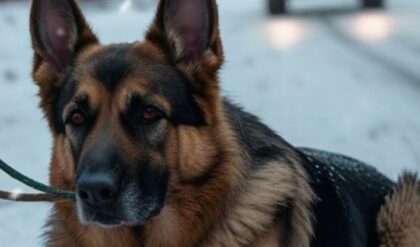
The German Panzerkampfwagen IV medium tank, abbreviated to PzKpfw IV, Pz. IV, or T-IV and mostly referred to as Panzer IV, was a true workhorse of the Second World War. It was the most built German tank of the war, greatly outnumbering the more famous and heavy Tigers and Panthers.
Production of the Panzer IV started in 1937, and would continue until Germany’s defeat. Over 8,500 units were built during this time.
Its original design was for it to engage against troops and light fortifications and not tanks, which would be dealt with by the Panzer III with its 3.7 cm anti tank gun. However, as is so often mentioned, encountering the Soviet T-34s and KV tanks on the Eastern Front forced Germany to rapidly adapt to these vehicles and their virtually impregnable armor.
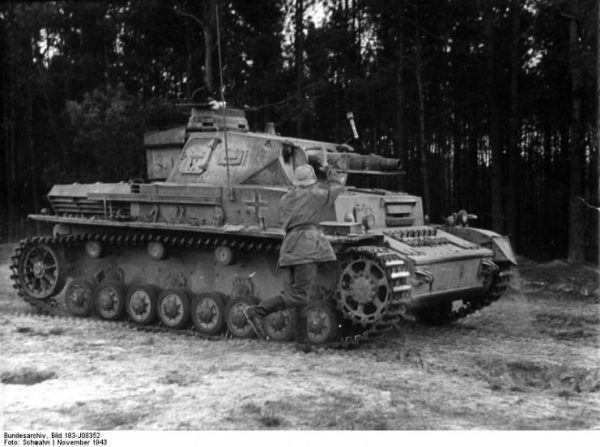
Soldier during a Training on a Panzer IV.Bundesarchiv, Bild 183-J08352 CC-BY-SA 3.0
The tank was constructed from forged steel and face hardened rolled armor. In its first iteration, the Panzer IV only had 15 mm of steel armor on the front of the hull, and 20 mm protecting the turret. This minimal amount would be continuously increased at the behest of the drive train throughout the war. The crew consisted of 5 people.
Depending on the modification, from 15 mm to 80 mm of armor protected the hull’s front. Starting in 1943, 5mm – 8 mm thick skirts were also installed to the hull and turret sides to help protect against anti-tank rifles and shells.
Panzer IV’s were produced with the following armament:
– Versions A-F had KwK 37 75-mm guns.
– Version G had a KwK 40 75-mm gun with a barrel length of 43 calibers.
– Versions H-K had a KwK 40 75-mm gun with a barrel length of 48 calibers.Alongside the main gun was a co-axial 7.92 mm MG 34 in the turret, and another in a a bull mount in the hull. Around 3,000 rounds were carried for these guns.
Throughout its life, the tank was powered by a few gearboxes and Maybach V12 engines because as armor and firepower increased, so did the weight, requiring more power to move it. Starting with the 250 hp Mayback HL108 TR, it would end with the 300 hp HL120 TRM and ZF SSG 77 transmission, allowing for a road speed of about 25 mph.
Their range was about 124 to nearly 200 miles, depending on road conditions and version of the tank.
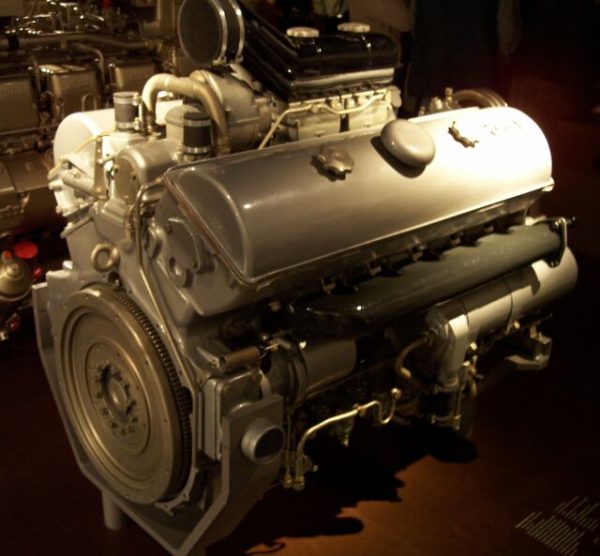
The 300 horsepower Maybach HL 120TRM engine used in most Panzer IV production models. Photo Stahlkocher CC BY-SA 3.0
As mentioned above, the Panzer IV was originally designed to aid infantry, providing close support with high explosive rounds fired from its short 75 mm gun, while the Panzer III would deal with tanks. However after engaging in combat with heavily armored Soviet vehicles, it was decided bigger guns were necessary. Unfortunately, the smaller turret ring of the Panzer III meant it wouldn’t be able to mount larger guns, so the anti-tank job went to the Panzer IV.
The KwK 40 75-mm L/43 gun was very capable of knocking out the T-34, and could do so from well over 1000 meters away.
The Panzer IV was widely used in all theaters of military operations during World War II, except in the Pacific. They made up the bulk of German tank forces, where for example, they comprised about 60% of all German tanks involved in Operation Citadel. After the appearance of the Panther, it was intended to be superseded, but thanks to General Heinz Guderian this did not happen.
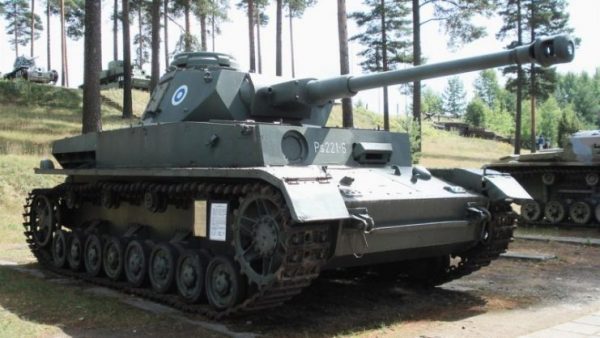
The Ausf. J was the final production model, and was greatly simplified compared to earlier variants to speed construction. This shows an exported Finnish model. Photo Balcer CC BY 2.5
In addition, this tank was exported to Germany’s allies, and for a long time it was in service in Finland, France, Croatia, Bulgaria, Spain, and other countries.
The end of WWII did not signify the end of the Panzer IVs career, as the many leftover Panzer IVs found their way into recovering nations stockpiles, who passed them on once they had expended their use. It participated in the 1956 Suez conflict, the 1948-1949 Israel War of Independence, the 1967 Six-Day War, the Iran-Iraq War of 1980-1988, and several other conflicts.
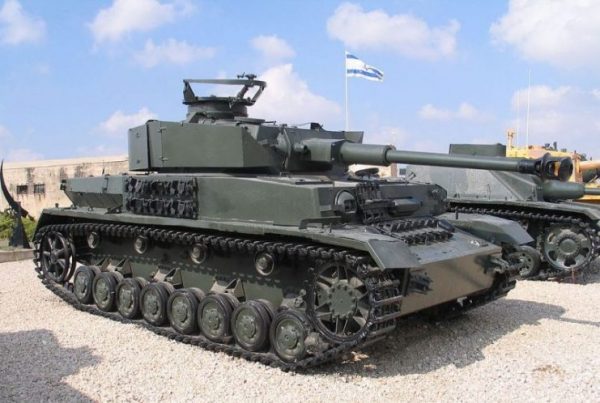
PzKpfw IV Ausf G in Yad la-Shiryon Museum, Israel.Photo Bukvoed CC BY 2.5
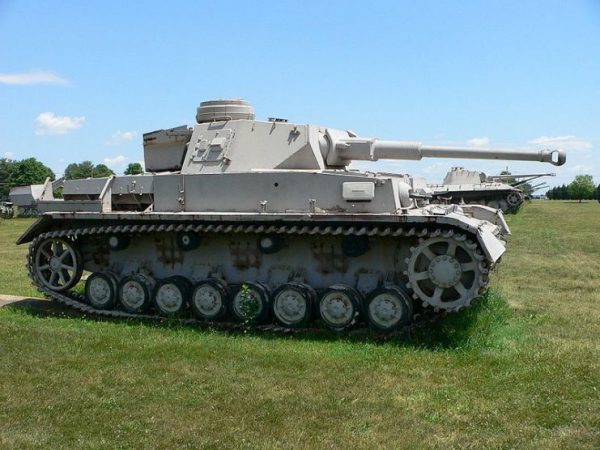
The 1942 Panzer IV Ausf. F2 was an upgrade of the Ausf. F, fitted with the KwK 40 L 43 anti-tank gun to counter Soviet T-34 medium and KV heavy tanks.Photo Mark Pellegrini CC BY-SA 2.5
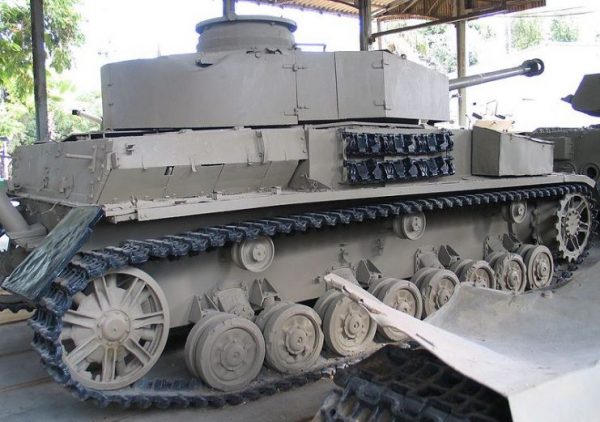
PzKpfw IV in Batey ha-Osef Museum, Israel.Photo Bukvoed CC BY 2.5
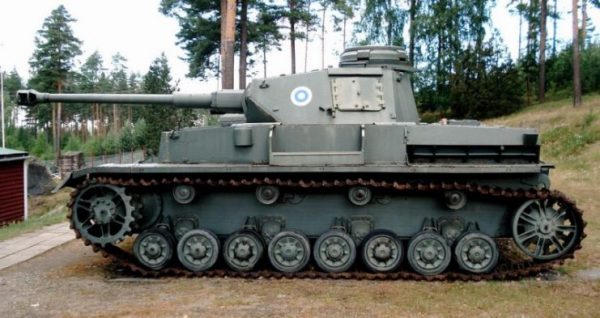
PzKpfw IV Ausf J in Finnish Tank Museum, Parola.Photo Balcer CC BY 2.5
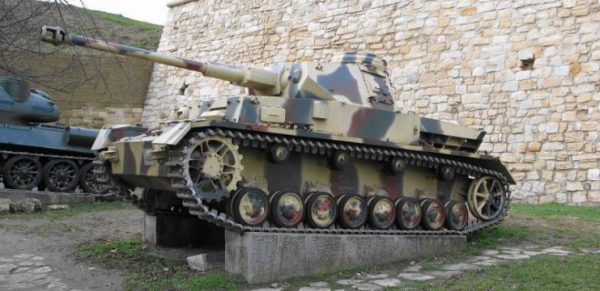
Pz.Kpfw-IV in Belgrade Military Museum, Serbia.Photo PetarM CC BY-SA 4.0
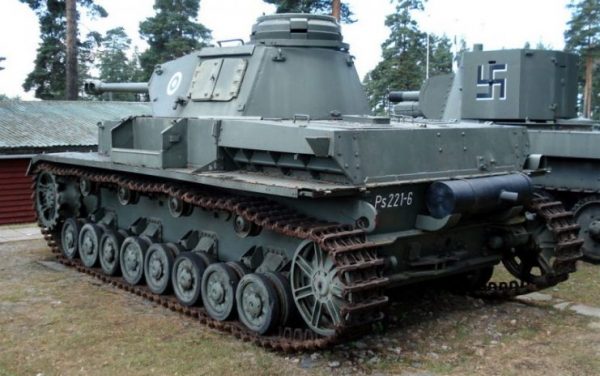
Pz.Kpfw IV Ausf J in Finnish Tank Museum, Parola.Photo Balcer CC BY 2.5
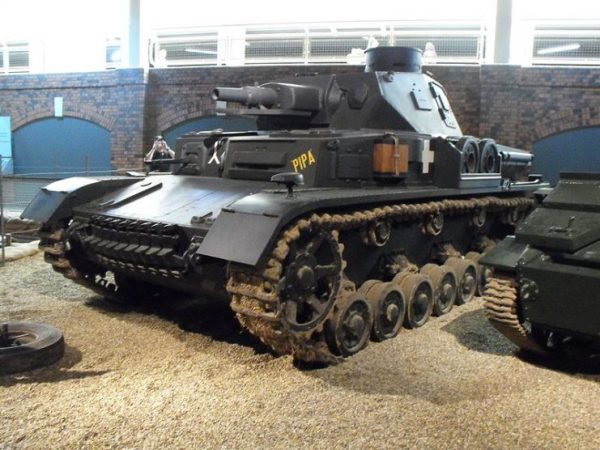
Panzer IV tank at Duxford.Photo Gregd1957 CC BY-SA 3.0
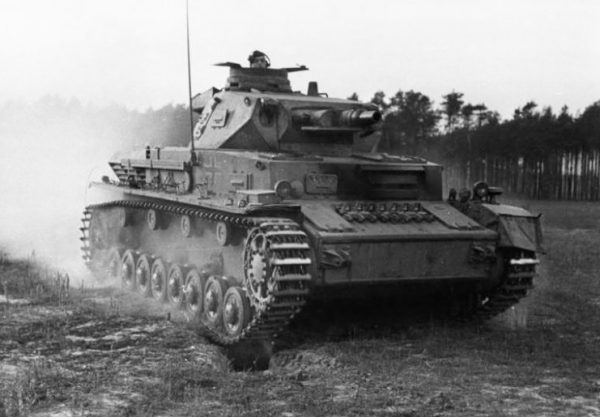
Panzer IV Ausf. C, 1943.Photo Bundesarchiv, Bild 183-J08365 CC-BY-SA 3.0
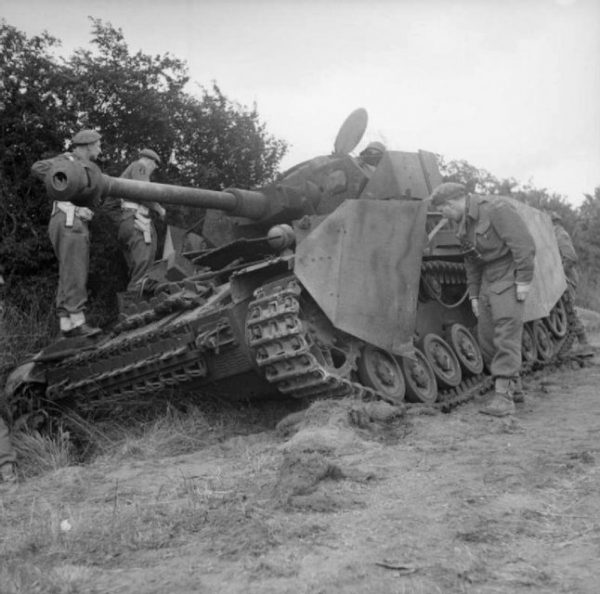
Officers inspect a German Mk IV tank knocked out by the Durham Light Infantry, 11 June 1944.
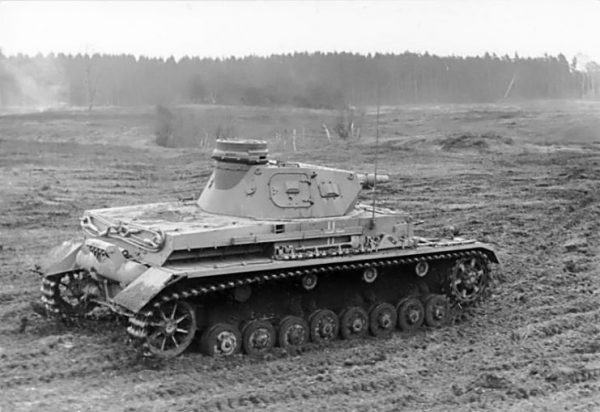
German Panzer-IV, version “D” on a training exercise in March 1940.Photo Bundesarchiv, Bild 101I-124-0211-18 Gutjahr CC-BY-SA 3.0
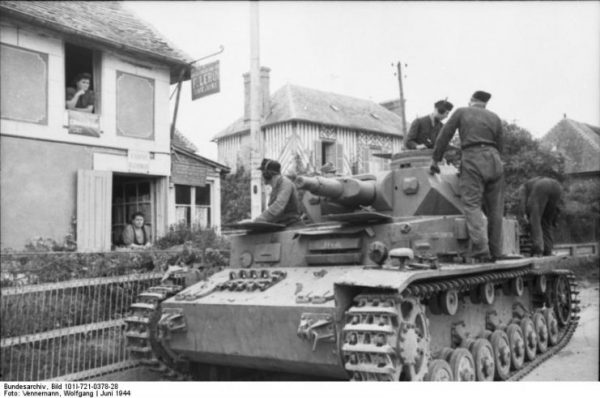
France, Panzer IV moving trough a village.Bundesarchiv, Bild 101I-721-0378-28 Vennemann, Wolfgang CC-BY-SA 3.0
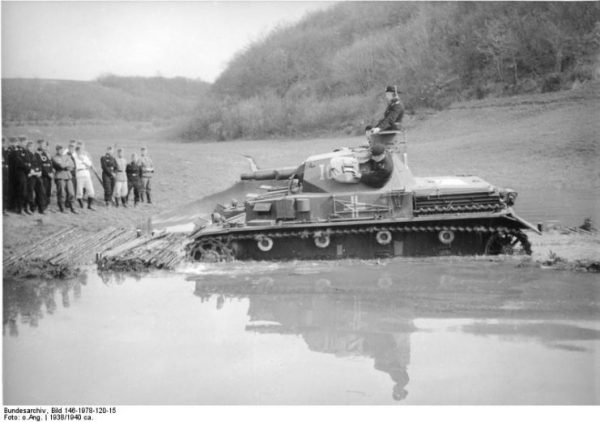
A Panzer IV-A performing a water crossing exercise demonstration while being observed by Wehrmacht officers on the shore. Bundesarchiv, Bild 146-1978-120-15 CC-BY-SA 3.0
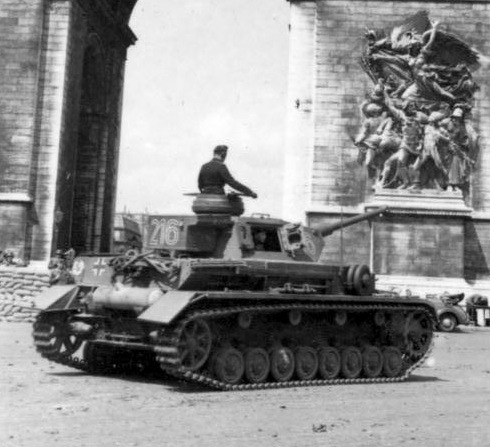
A Panzer IV Ausf. G of the 1st SS Panzer Division “Leibstandarte Adolf Hitler” near the Arc de Triomphe in Paris, 1942. Bundesarchiv, Bild 101III-Zschaeckel-170-20 Zschäckel, Friedrich CC-BY-SA
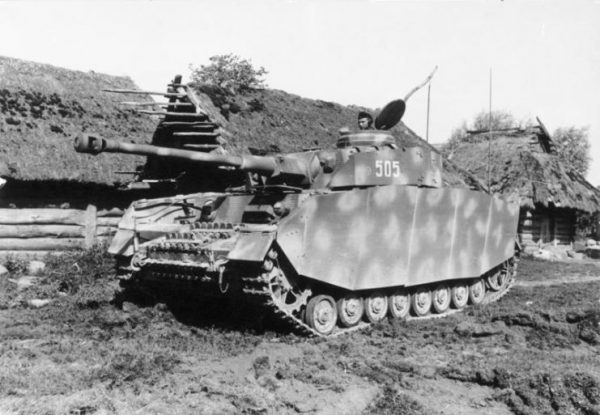
A PzKpfw IV Ausf. H of the 12th Panzer Division carrying Schürzen skirting operating on the Eastern Front in the USSR, 1944. Bundesarchiv, Bild 101I-088-3734A-19A Schönemann CC-BY-SA 3.0
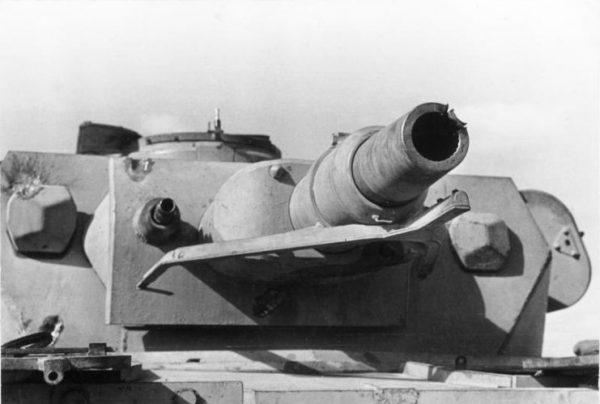
A Panzer IV Ausf. E showing signs of weapon impacts on the turret and the edge of the gun barrel. Photo Bundesarchiv, Bild 101I-783-0117-113 Dörner CC-BY-SA 3.0
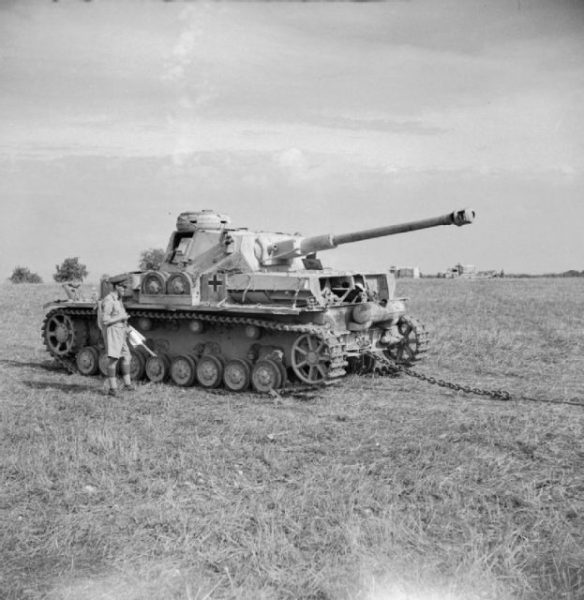
A captured German PzKpfw IV G used for anti-tank weapon tests by British Eighth Army, Italy 1943
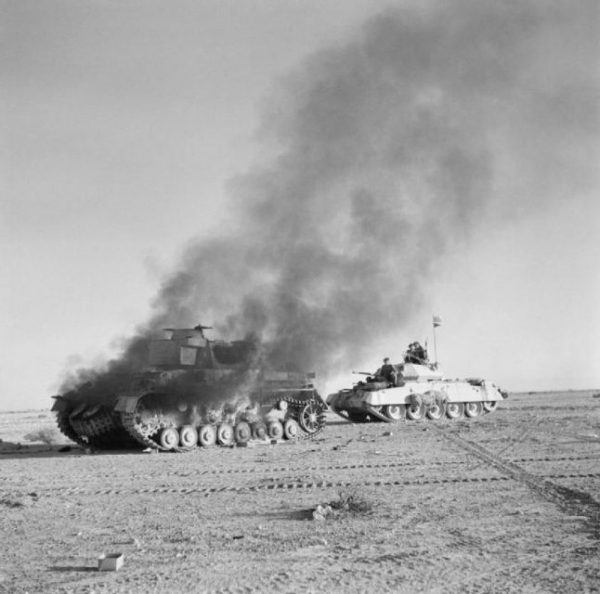
A British Crusader tank passing a burning German Panzer IV during Operation Crusader, late 1941.
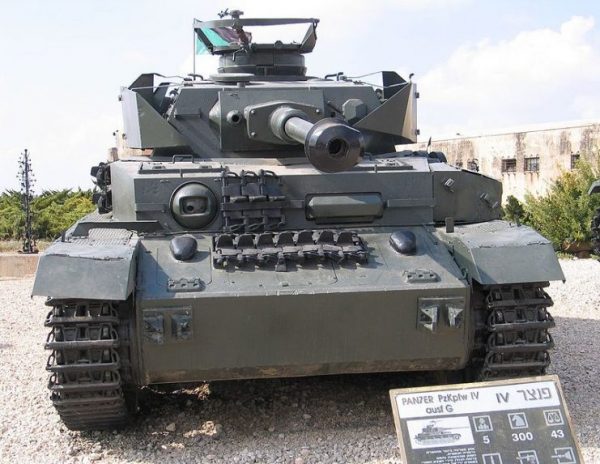
‘PzKpfw IV J, captured from the Syrian Army in the Six Day War, in Yad la-Shiryon Museum, Israel. 2005.Photo Bukvoed CC BY 2.5
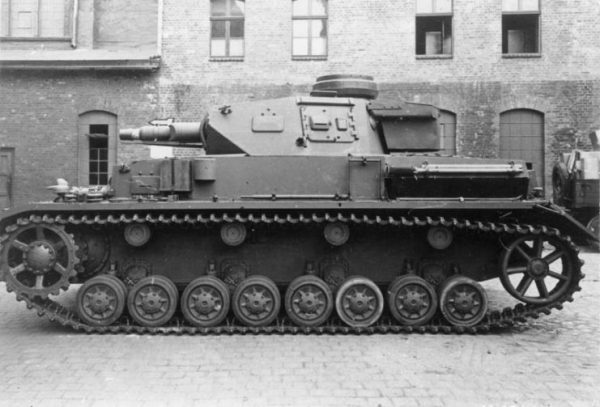
The short-barreled Panzer IV Ausf. F1. Bundesarchiv, Bild 146-1979Anh.-001-10 CC-BY-SA 3.0
